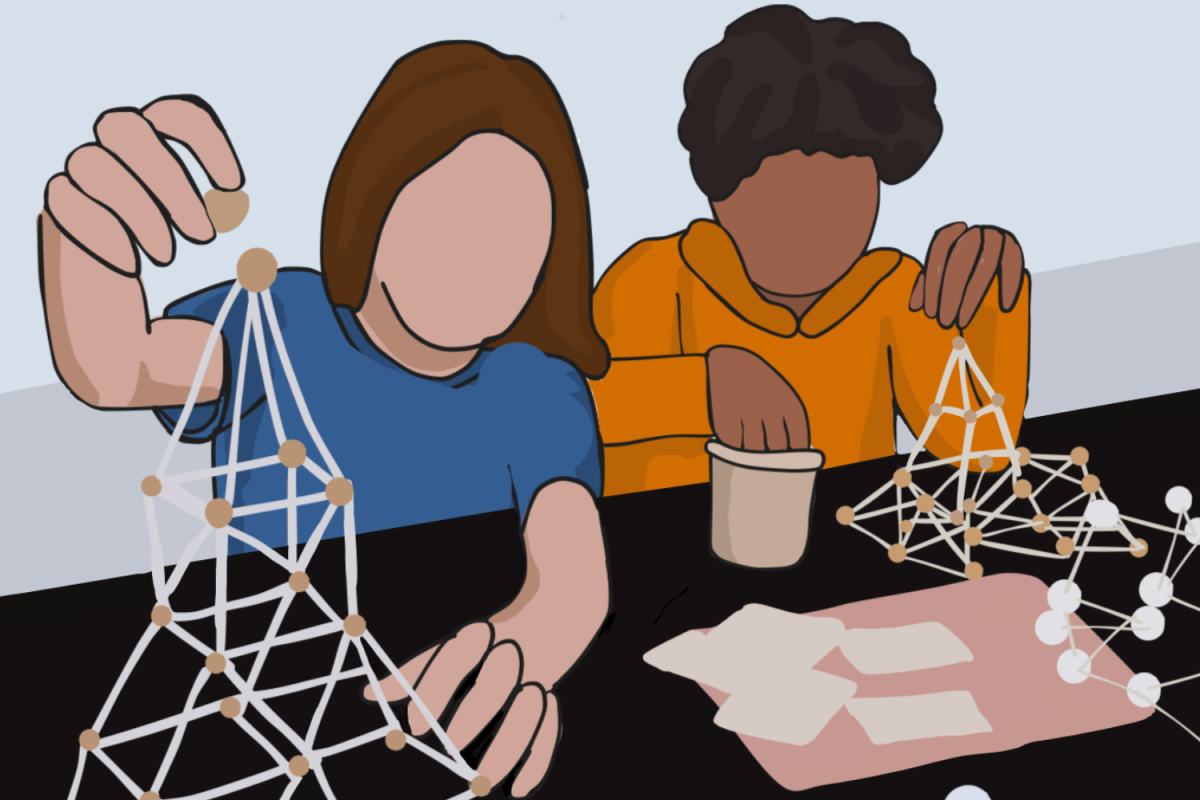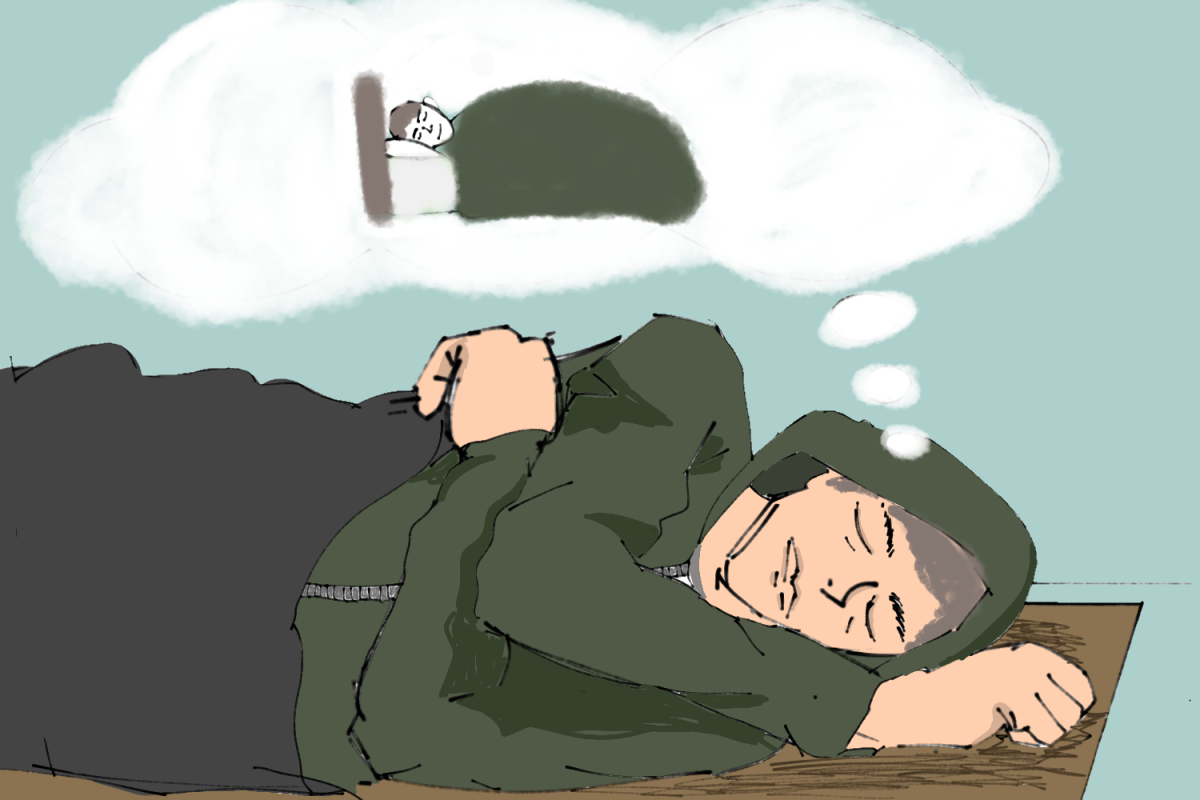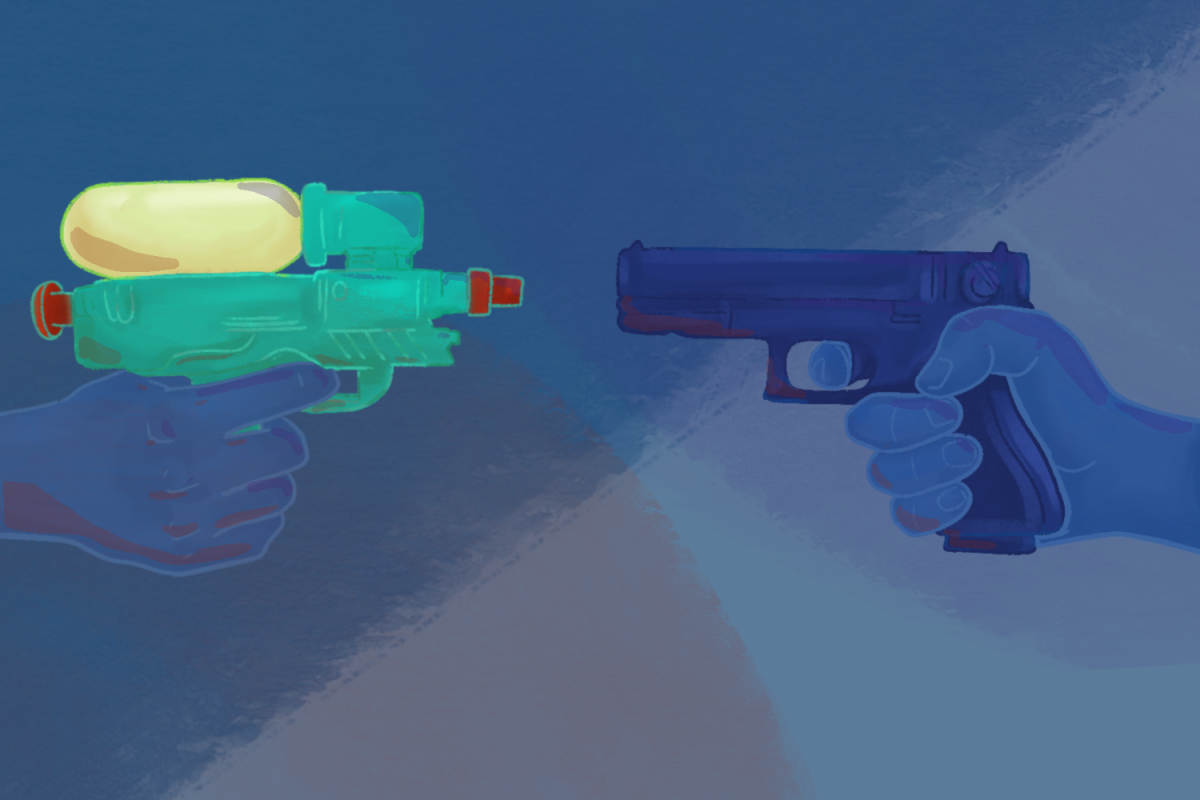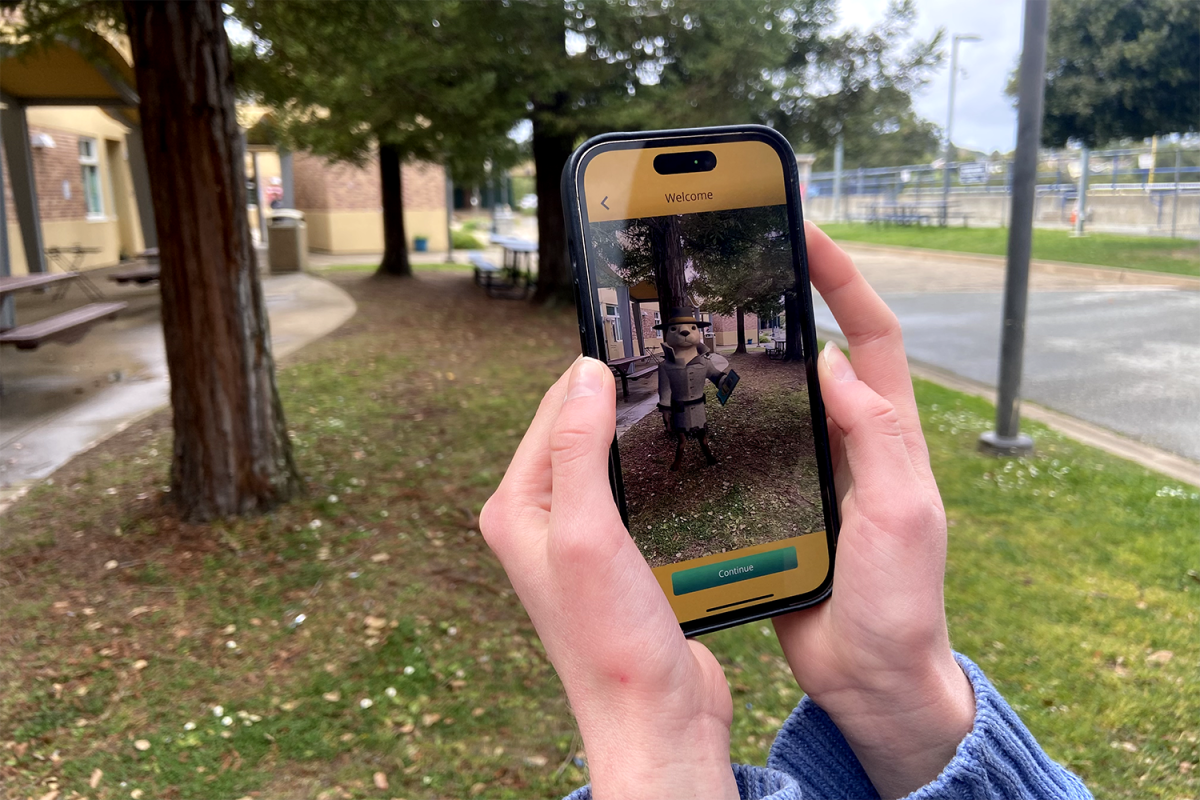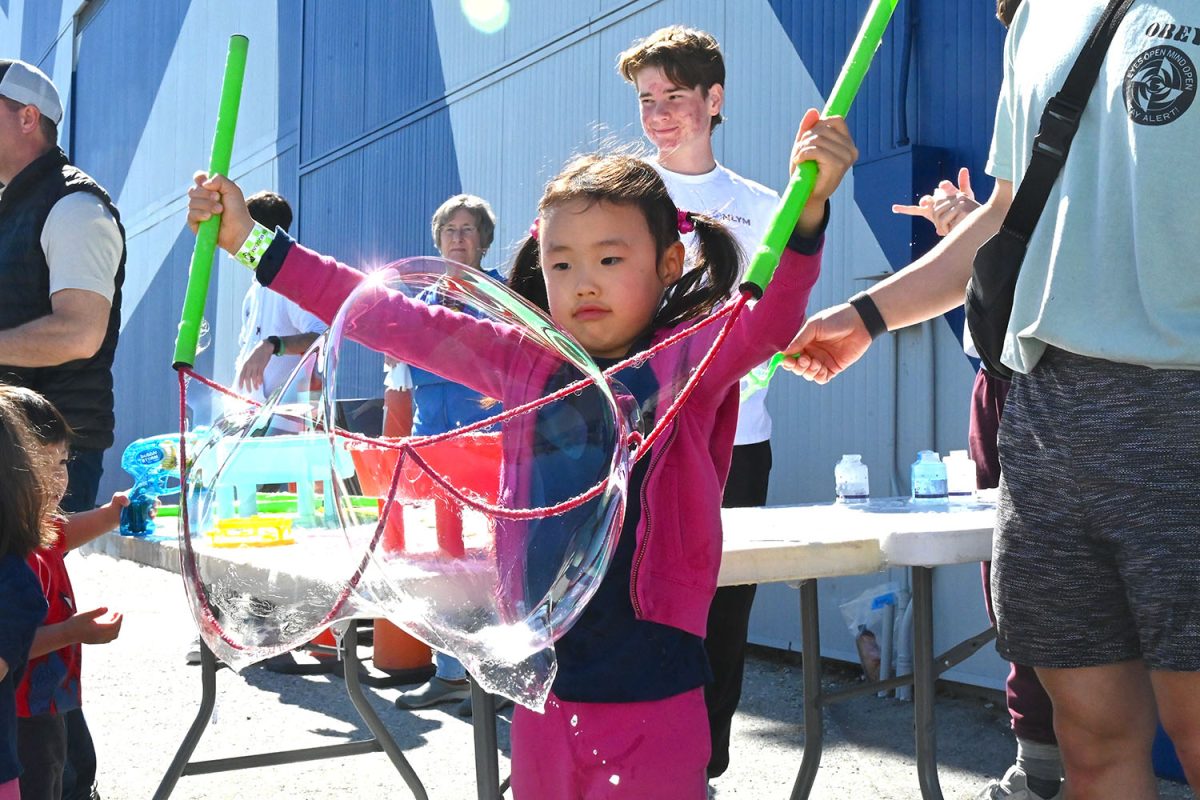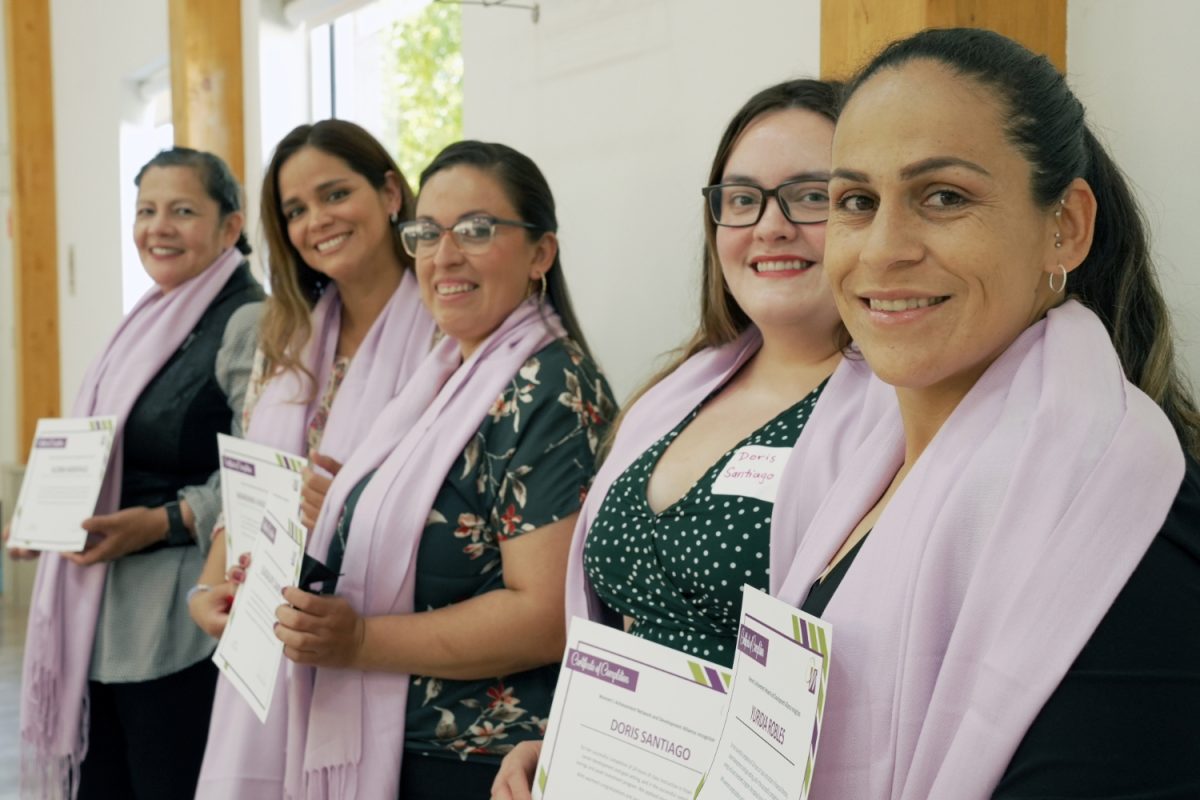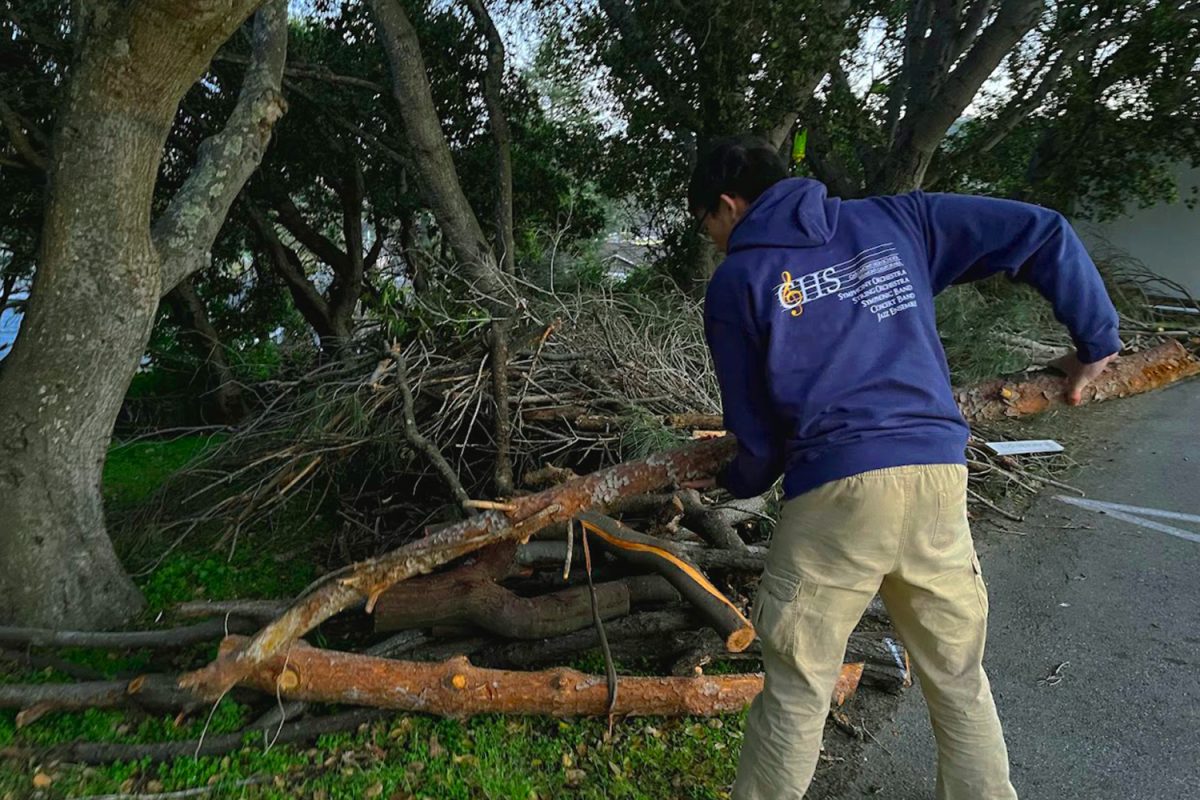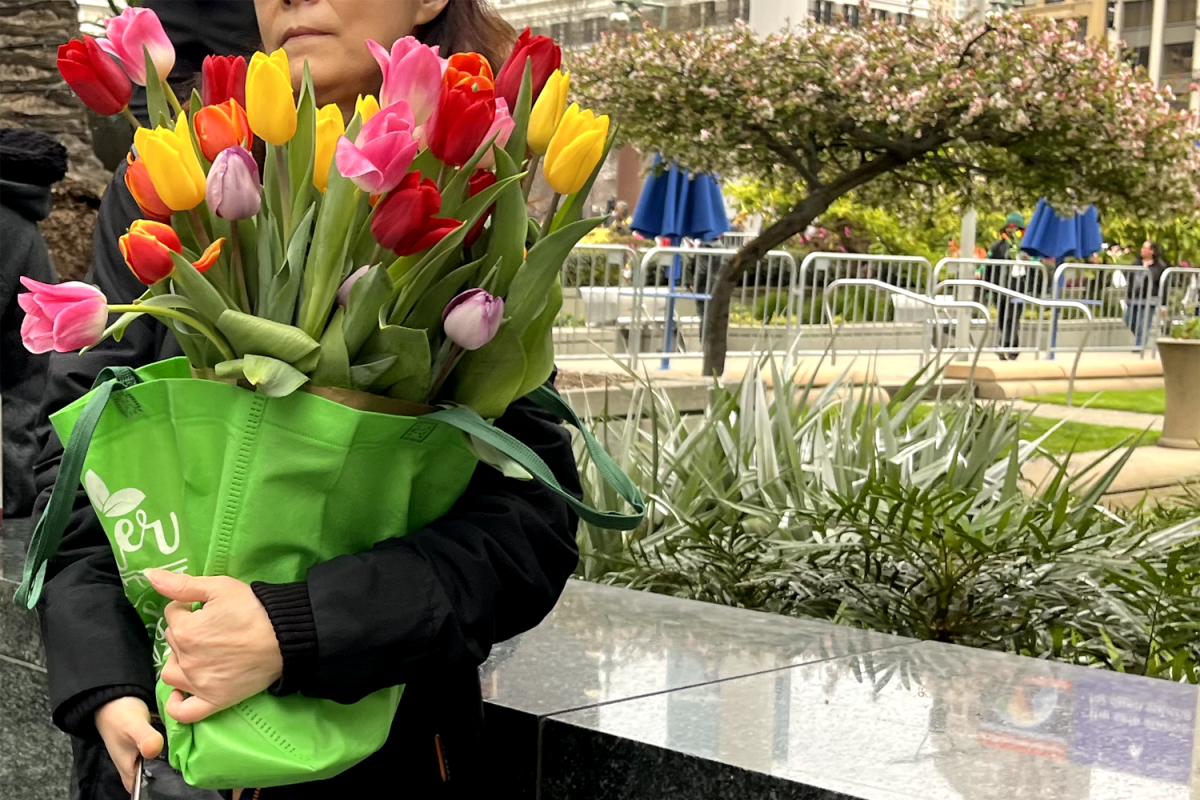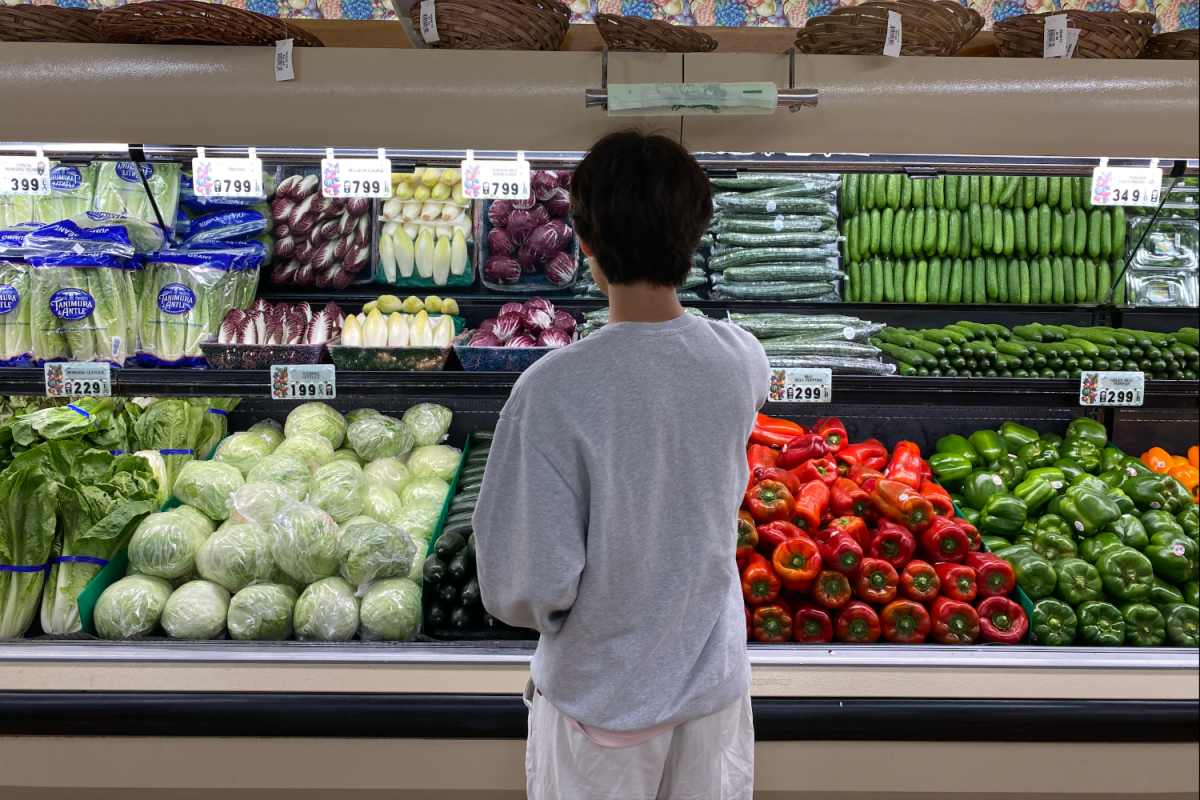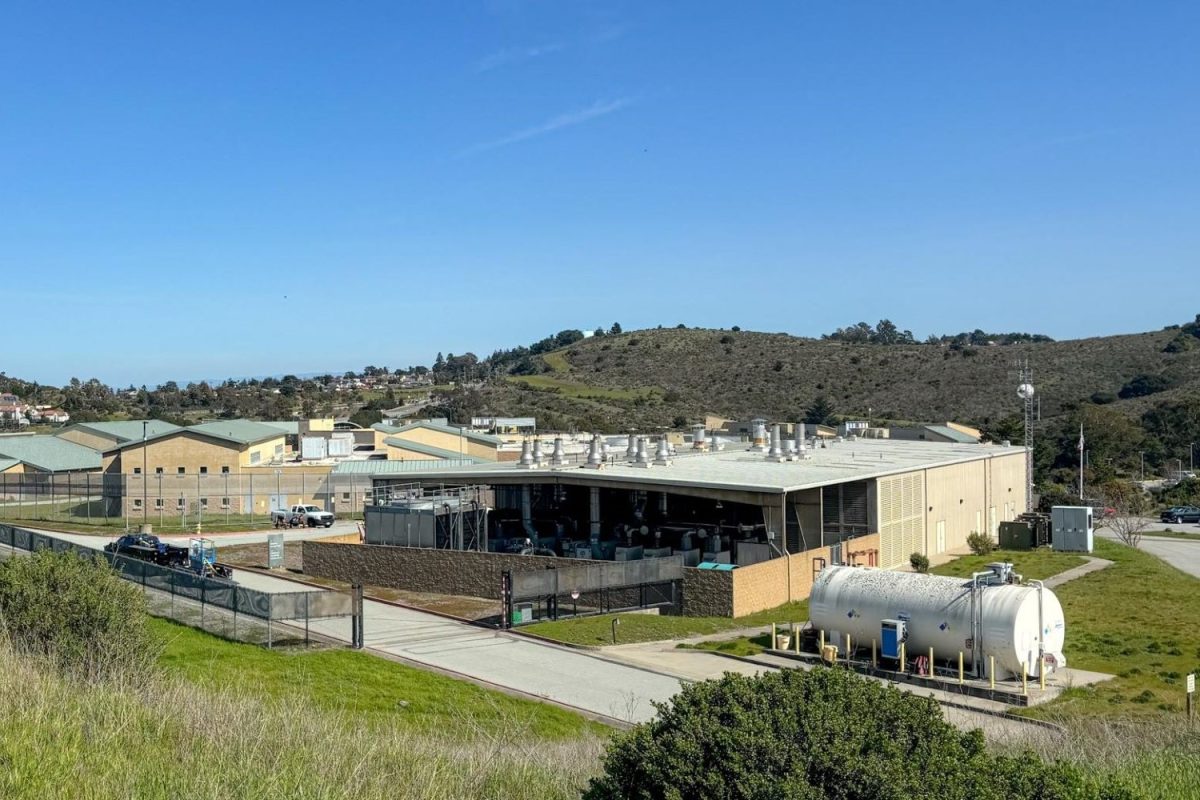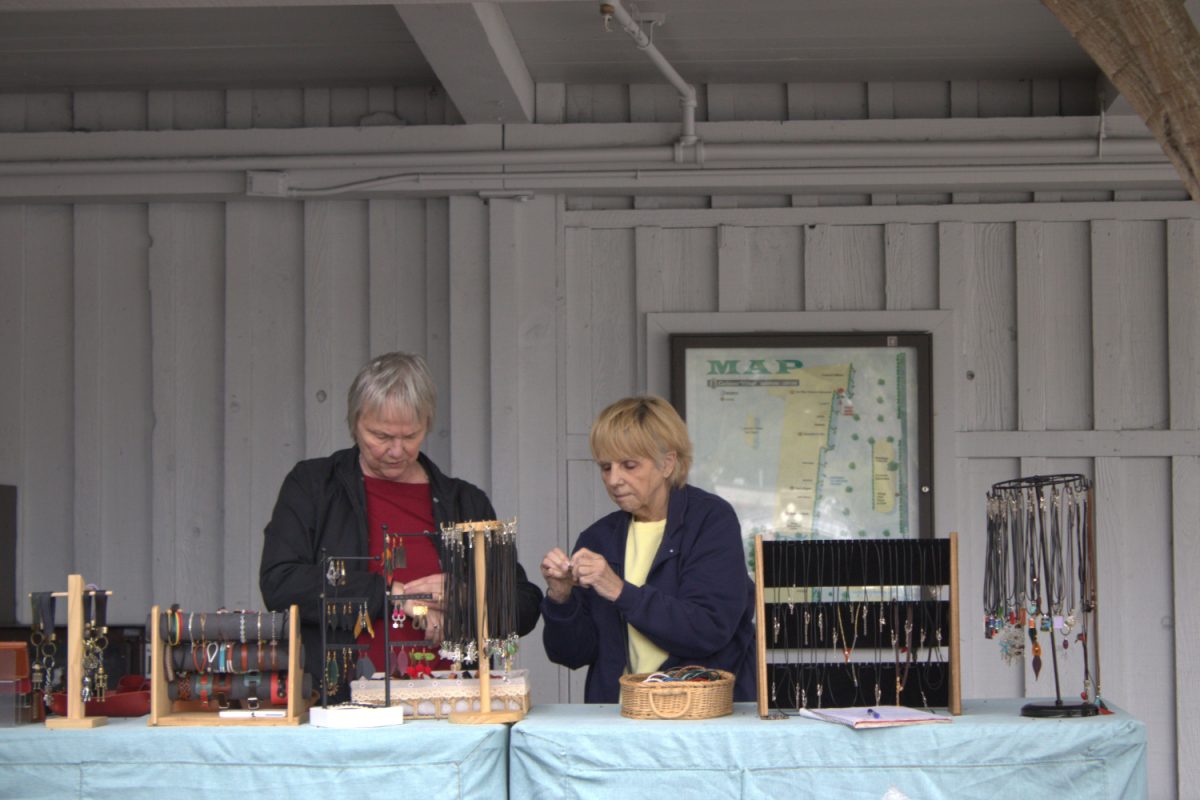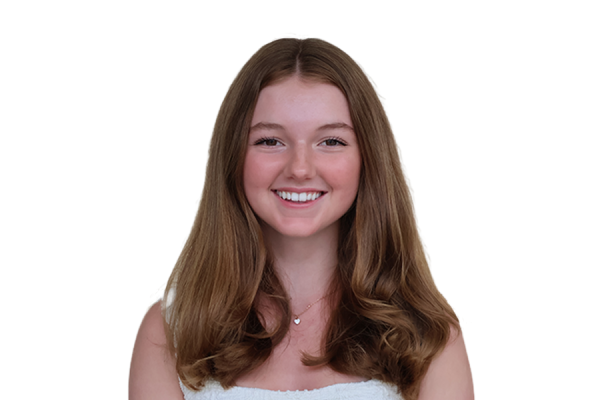Michelle Lo, a junior at Carlmont and vice president of the Art Showcase Club, has seen firsthand how this lack of access has affected her peers.
Two children build geometric towers with wooden spheres and white rods, creations they could design and 3D print in the San Carlos Library’s future Makerspace.
The San Carlos Library’s upcoming makerspace aims to give local youth a setting to explore creativity through hands-on innovation.
Currently under construction, the 1,000-square-foot space will feature cutting-edge resources, including 3D printers, laser cutters, a vinyl cutter, and brand-new maker laptops equipped with Adobe Photoshop to allow members of the library to experiment with new mediums in a low-pressure environment.
“A makerspace offers greater flexibility, allowing people to learn in a more organic, self-directed way,” said Manny Serrano, the community technology specialist at the San Carlos Library. “Traditional settings emphasize formal instruction and specific techniques, but here, patrons can work at their own pace and choose how they approach their projects.”
The integration of makerspaces into Bay Area libraries has been a progressive movement over the past decade. On Aug. 18, 2018, the Half Moon Bay Library became the first in San Mateo County to introduce such a space, setting a trend that other local libraries, such as Belmont, Atherton, and now San Carlos, have since followed.
According to the American Library Association, the need for creative spaces extends beyond a local trend — it’s part of a broader effort to address the decline of arts education. A 2022 report by SRI Education found that nearly 90% of California schools fail to meet state-mandated arts education requirements, leaving many students without opportunities for creative learning.
“More often than not, the traditional school system actively condemns mistakes and puts a cap on individual expression, which I think causes students to lose or suppress their innate imaginative mindset as they grow up. I believe this limits their worldview and creativity,” Lo said.
This decline in creativity isn’t just anecdotal. A NASA study of 1,600 children found that 98% scored at a “creative genius” level at age five, but this dropped to 30% by age 10, 12% by age 15, and just 2% in adulthood. The researchers attributed this decline to societal and educational systems that prioritize convergent thinking — seeking one correct answer — over divergent thinking, which encourages creativity and problem-solving.
Serrano believes the makerspace can help combat this decline by encouraging children to nurture their creativity while also allowing adults to reconnect with their inner “creative genius.”
Many early educators similarly emphasize the importance of preserving art in their teaching.
“I do a lot of art activities in my classroom because once children get into elementary school and beyond, they don’t have as many opportunities to do art,” said Carla Murray, a pre-K teacher with over 25 years of experience at Serendipity Preschool in San Mateo. “I have children who go off on their own when we have art time and come up with these amazing ideas that I would have never thought of. It’s so cool to see their little brains working that way.”
In addition to fostering creativity, the makerspace will also serve as a counterbalance to increasing screen time among youth.
According to Serrano, the hands-on creative environment will offer an alternative to the short-form media dominating today’s digital world. He says that showing students how screens can be powerful learning tools rather than just passive entertainment will inspire them to explore coding, robotics programming, and 3D model design, stepping beyond their familiar digital gaming worlds of Roblox, Minecraft, and Block Blast.
San Carlos resident and mother Nandini Venkatesh shares this hope.
“It feels like so much of childhood now is spent in front of a screen,” Venkatesh said. “I love that the makerspace will give kids a chance to step away, use their imagination, and just be kids again while using technology in a much more constructive way.”
For now, the makerspace remains in the planning stages. Serrano says that for now, there is no public timeline for its completion, as its design requires extensive planning, approvals, and coordination across multiple agencies. However, an interactive meeting last year provided valuable community input. While remodeling a government building takes time, the library is working closely with architects to create the best space possible.
“At the end of the day, we want this to be a place where creativity has no limits,” Serrano said. “Whether someone is learning a new skill, experimenting with an idea, or just having fun, the makerspace is here to inspire and empower the next generation of innovators.”

